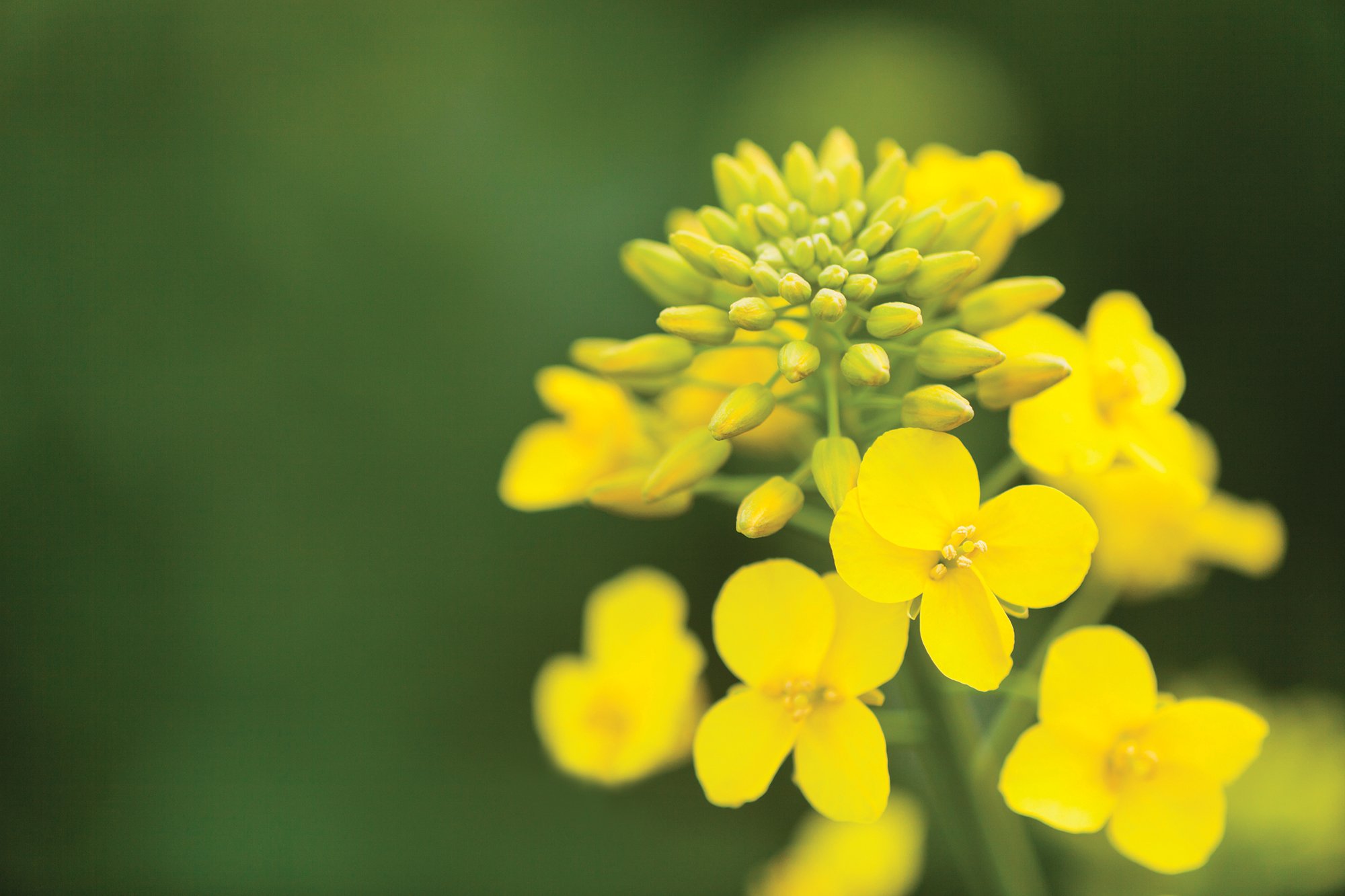How did your canola crop turn out this year? Canola growing conditions were a mixed bag across the Prairies in 2025 but, according to these three agronomists, they offer clues as to what to watch out for during the 2026 season – from overwintering insect pests to keeping an eye on blackleg adaptability to dealing with those pesky gophers and more. Here is a quick overview into what you should look out for your canola fields next year.
Canola is still the most important crop, financially speaking, for many farmers across the Prairies, even in the face of geopolitical issues. The 2025 canola growing season was mixed depending on where you farm. Certain farmers contended with too much moisture, others not enough, while some areas saw contrasts between excess heat and picture-perfect warm days during flowering. Farm Forum talked to three agronomists about how the Prairies’ canola fared this year.
ALBERTA:
Jenny Seward, consulting agronomist with Cronkhite Ag, Foremost, AB
Most farmers east of Highway 2, Alberta’s main north-south artery, experienced dryness at the start of the year and hopes were not high for a good yield. But the high heat typical of late June-early July never materialized, and warm temperatures paired with timely rains propelled many in the area to a highly profitable canola harvest.
“Historically once July hits, we’re done,” says Seward. “There’s no rain, just heat, but (this year) we’ve managed to escape it.” Most days in July topped out at 25 C, and it rained fairly regularly.
Seward says lots of other crops struggled with the late rains in July, but canola thrived, thanks to new hybrids. “We hate the cost of seed, but we really love how these hybrids perform,” she says. “If you would have said to me at the beginning of the year that we were going to cut 40-bushel canola, I would have laughed at you. The work that’s being done to bring these hybrids to market is phenomenal to see.”
Read full article

